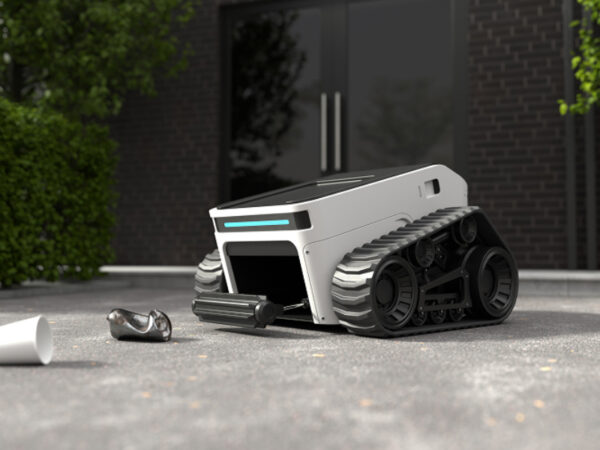You may have seen some ecommerce stores using 3D models of their products. These 3D models can be used to great effect to drive more traffic and sales to your store. In this post, we’ll explain how 3D models can help your ecommerce store and show you how to use them.
What is 3D ecommerce?
3D ecommerce is the use of 3D models to represent products on ecommerce stores. 3D models offer a more immersive and realistic shopping experience for customers, which can lead to increased traffic and sales. In fact, studies have shown that customers are three times more likely to buy a product if they can see it in 3D.
There are a number of ways to use 3D models in your ecommerce store. You can use them as product shots on your home page, on product pages, or in search results. You can also use them to create 360-degree views of your products. 3D models are a great way to improve your ecommerce store and drive more traffic and sales.
The benefits of using 3D models in your ecommerce store
There are a number of benefits to using 3D models in your ecommerce store. First and foremost, using 3D models can help you sell more products. This is because customers are able to see the product from all angles, which builds trust and confidence in the product.
3D models can also help you drive more traffic to your ecommerce store. In fact, using 3D models can increase traffic significantly. This is because 3D models are more engaging and visually appealing than traditional product images. Finally, using 3D models can help you improve your SEO strategy. When you use 3D models on your website, you’re providing search engines with more content that can be crawled and indexed. This can help you rank higher in search engine results pages, resulting in more traffic and sales.
How to use 3D models in your ecommerce store
You can use 3D models to help customers visualize your products in their own homes. This is especially helpful for products that can be difficult to picture, such as furniture or accessories.
Adding a 3D model to your product page can also help increase conversions by giving customers more confidence in their purchase. Seeing the product from all angles will help them determine if it’s the right fit for their needs.
Plus, using 3D models can help attract more traffic to your ecommerce store. By having high-quality renders of your products, you’ll show potential customers that you’re a trustworthy and reliable source for shopping.
What are the benefits of using 3D models in your ecommerce store?
There are many benefits of using 3D models in your ecommerce store. Perhaps the most obvious benefit is that it can help you drive more traffic and sales. Studies have shown that shoppers are more likely to buy a product if they can see it in 3D.
3D models can also help increase the perceived value of your products. When shoppers can see a product from all angles, they’re more likely to think of it as being high quality and worth the price. 3D models can also help you improve your customer satisfaction rates. When shoppers can view a product in detail, they’re less likely to return or complain about it.
Another great benefit of using 3D models is that they can help to reduce product returns. When customers can see a product from all angles, they’re less likely to order something that they’re not completely sure about. This can save both you and your customers time and money.
Finally, 3D models can also be used to create videos that show off your products in action. This is a great way to increase brand awareness and encourage customers to make a purchase. If you’re looking for a way to improve your eCommerce store, consider using 3D models. They can help you boost traffic, sales, and customer satisfaction rates.
Conclusion
Retailers who have been slow to adopt 3D models are at a disadvantage. Consumers are increasingly interested in using their smartphones to view products in AR, so retailers who fail to offer this option are sacrificing potential sales. There are several ways to add 3D models to your ecommerce store. You can use a 3D modeling tool to create your own models, or you can download models from a repository. You can also use 3D scanning technology to create models of your products.
Once you have your models, you need to add them to your ecommerce store. Some ecommerce platforms offer built-in support for 3D models, while others require you to use a third-party plugin.




